Time-tested treasures fuel China's cultural economy boom
Source: Xinhua
Editor: huaxia
2025-06-25 23:33:15
CHENGDU, June 25 (Xinhua) -- Museum guide Han Xue paused on the elevated walkway and beckoned her tour group forward as a vast archaeological pit came into view below. Down there, rows of ancient ivory neatly aligned in the same direction as if arranged by a forgotten ritual.
"Here we stand witness to a world preserved for three millennia," Han said, as gasps rippled through the crowd. Beneath their feet lay the remnants of a mysterious kingdom that once anchored early civilization along China's upper Yangtze River.
At the Jinsha Site Museum in Chengdu, capital of southwest China's Sichuan Province, Han's storytelling brings to life vanished worlds of ritual ceremonies, terraced rice fields, and exquisitely crafted jade. This was once the heart of the ancient Shu Kingdom, which had its heyday around 3,000 years ago.
"Summer holidays haven't started, yet we welcome streams of visitors daily, all drawn by this civilization's magnetic pull," Han said, adding that the museum remains packed until well past 6 p.m..
With eight years of experience as a tour guide, Han has witnessed a noticeable shift. "Young heritage enthusiasts are growing in number. Lots of elementary school kids visit the museum, and they listen with genuine fascination," she explained.
The museum has logged over 760,000 visits this year. Beyond the exhibition halls, the museum's souvenir shops buzz with energy. "People buy souvenirs not just for the novelty," Han said, "but out of a deep sense of connection and pride in the civilization these artifacts represent."
That day, the fridge magnet replica of the museum's iconic Sun and Immortal Bird Gold Ornament sold out.
"This piece gleams with such brilliance, and its symbolism struck me. It captures humanity's eternal pursuit of light," said Li Xinting, a first-time visitor from Shanxi Province. "We should keep the heritage alive."
Jinsha's popularity is growing in tandem with the Sanxingdui Ruins, its "sister site" in the ancient Shu civilization lore, which has gained global recognition for its mysterious yet magnificent bronzes, such as the Sacred Tree and enigmatic masks. Sanxingdui's new museum building attracted nearly 10 million visitors last year, with cultural merchandise sales reaching 196 million yuan (about 27 million U.S. dollars), nearly 60 percent of its ticket revenue.
Industry observers attribute the museum craze to a deliberate effort to harness rich cultural heritage as a way to open up new avenues for consumer spending.
"True cultural innovation must resonate with contemporary values," said Ren Ge, director of the Chengdu Museum. "When creations reflect people's aspirations, they embrace them passionately."
Enthusiasm for ancient culture is also boosting the garment and dining industries. At Chengdu's revitalized industrial complex, "Eastern Suburb Memory," a restaurant aims to redefine the dining experience.
Ancient melodies fill the air as diners, many dressed in Hanfu robes, are transported back to the dynastic era. Staff, adorned in period costumes, serve dishes inspired by different historical contexts.
"Here, food keeps history alive, the restaurant is an immersive theater, and dining becomes a journey through time," said Yang Zi, founder of the restaurant. His fusion of culture and cuisine creates experiential social hubs that elevate dining through storytelling.
Searches for such immersive dining experiences surged nearly 275 percent year on year in the first quarter of 2025, according to data from Chinese e-commerce platform Meituan.
Yang added that reservations, released online two weeks in advance, sell out quickly. During the summer holiday season, demand has surged from locals, culture enthusiasts, and a growing number of international visitors.
When explaining the reason why consumers are willing to spend over 500 yuan per person for a "cultural" meal, Yang told Xinhua that the concept of ritual, or "li," courses through China's culinary DNA.
"There's a deep-seated appreciation for ceremony, poetry, music and cultural heritage that resonates with people. We're opening a door, sparking curiosity, and hoping every guest leaves appreciating the beauty of Chinese culture," Yang said.
This desire for cultural engagement is widespread. A survey by the China Tourism Academy found that nearly 80 percent of tourists actively seek out cultural experiences during their travels.
The fusion of heritage and contemporary economic life also extends to craft revival. At the Qiong Kiln National Archaeological Site Park in Chengdu, visitors are captivated by ceramics inspired by classic Qiong Kiln shapes and glazes, yet reimagined with modern aesthetics.
The appeal is strong. During a single livestream event in May, innovative pieces such as the begonia-flower-shaped lidded bowl and begonia-flower-shaped wine set generated online sales of 2 million yuan overnight, while also boosting offline sales by 500,000 sets.
"We are committed to building bridges that deepen public cultural understanding and ignite creative sparks through the profound wisdom and beauty of ancient civilizations. This is our sacred duty to history and human heritage," Ren said. ■

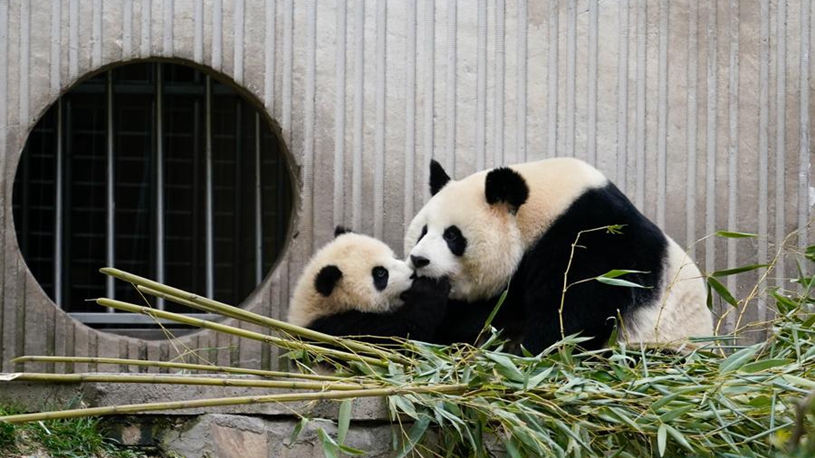


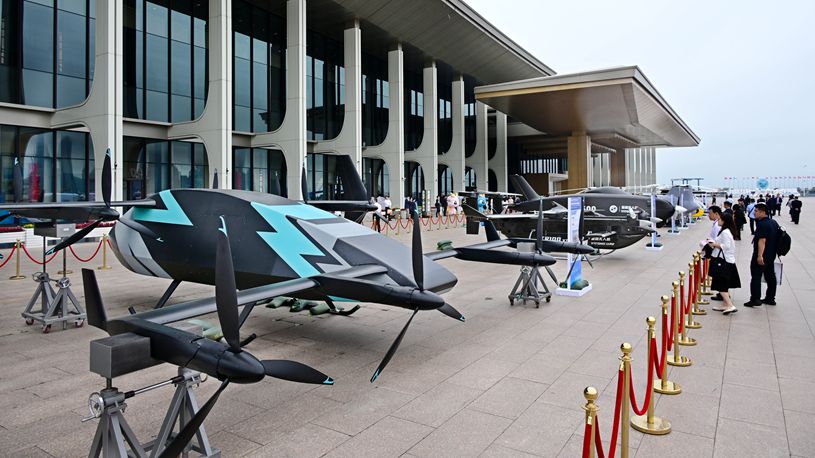
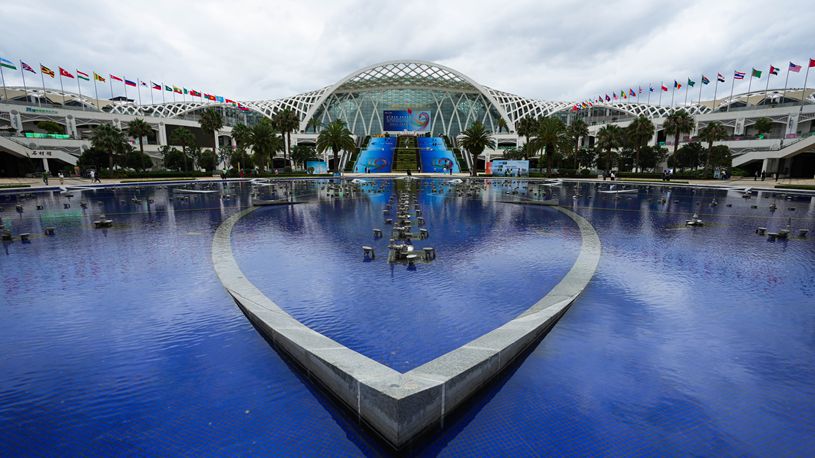

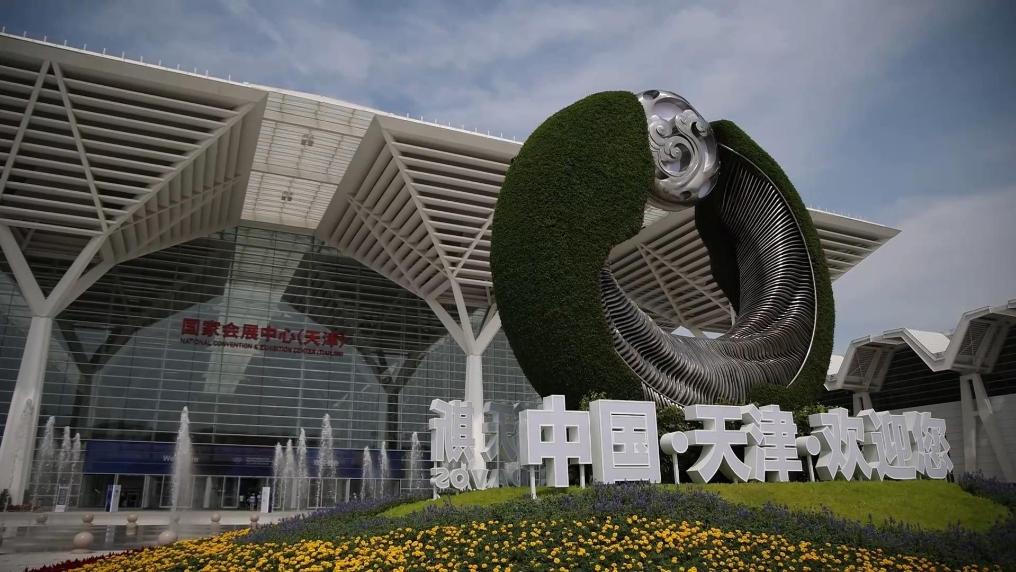
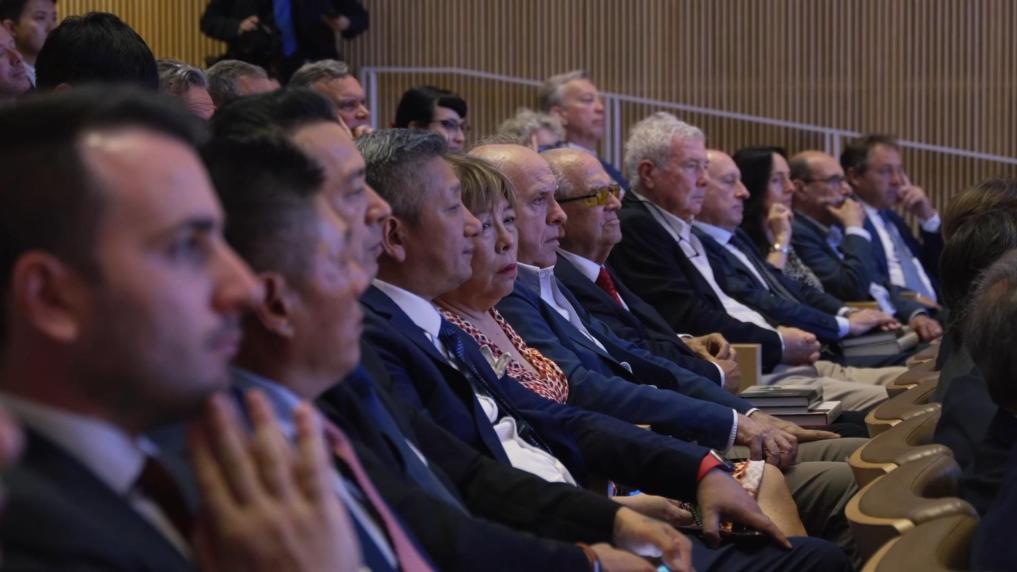



Comments